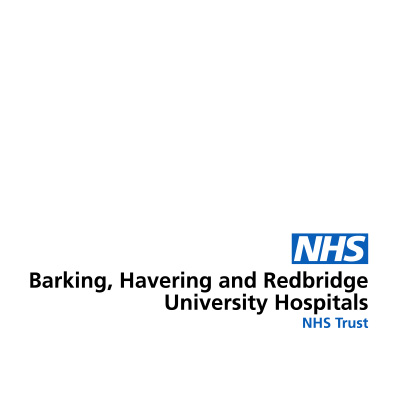
Themes:
- Diagnostics
- Place-based approaches
- Capital and capacity
Background
The Barking, Havering and Redbridge University Hospitals NHS Trust (BHRUT) is a large acute provider, whose services span outer north-east London.
The communities served by BHRUT are diverse and include some of the most deprived neighbourhoods in the country. As with many other areas, BHRUT saw a substantial increase in the backlog for diagnostic tests during the Covid-19 pandemic (lack of access to timely tests is associated with worse health outcomes and widening inequalities) and expects demand to grow further over the coming years.
In response, Barking Community Hospital (BCH) was selected to host a new Community Diagnostic Centre (CDC) in 2021.
CDCs were first developed following recommendations from Sir Mike Richards’ review in 2020 (Diagnostics: Recovery and renewal – report of the independent review of diagnostic services for NHS England), and the BCH CDC was established prior to the integrated care board (ICB) for north-east London being formally established.
In its first two years of operation, the BCH CDC improved access and reduced waiting times for vital tests for cancers and cardiovascular conditions. These are major drivers of health inequalities, and if diagnosed too late will translate to worse population health outcomes and more acute presentations elsewhere.
Region – system – place
Initially, planning for CDCs had been done at a regional level, by NHS London who oversaw the network of non-statutory Sustainability and Transformation Partnerships (STPs) across Greater London.
Ann Hepworth, BHRUT’s director of strategy and partnerships said: “As we began to work as a system, support and oversight from the regional body, NHS London, was key to facilitating population health focus and helping to ensure that resources were allocated equitably.” As the system matured and became a statutory ICB, this paved the way for more local autonomy and decision making at system level.
Regional support made the process of developing, designing and implementing the CDC model more straightforward. As the system matured and took greater ownership of decision making, it allowed more place-based working – where the trust works more closely with the communities it serves; creating services that are meeting their needs and preferences.
The importance of public engagement
The decision to locate the new CDC at BCH followed an extensive period of public consultation, engagement and assessment of need.
Ann said the public response to the proposal had been ’overwhelmingly supportive’. This area has historically been under-served by health and other public services. As such, the community were highly appreciative, as too were colleagues in local government.
This highlights how planning and developing services with community engagement, as well as identifying unmet, or under-met need, can result in improved access to services and higher public satisfaction.
‘Hardware and money has to come first’
Joseph Huang, BHRUT’s clinical group director for cancer and clinical support, explained that frontloaded capital investment had been key to the successful development of the CDC.
Joseph said: “The hardware and money have to come first. Once you have the capacity in terms of CT-scanners and MRI machines, you can start to think about workforce and utilisation.”
Recruitment and upskilling of allied health professionals (AHPs) came next. Bringing people in to use existing diagnostic equipment was a more efficient way of starting the CDC and helped ensure the workforce was delivering care shortly after they were onboarded, rather than waiting for capital investment once in post.
Both Joseph and Ann described the very positive impact working in the CDC had on staff morale and job satisfaction. The CDC and its additional capacity mean valuable diagnostic work can happen in a timely and calm manner. While staff are working hard, they take a lot of job satisfaction from the work they do and see the positive impact it has for patients.
Next steps
The future of BCH CDC depends on funding. The start-up capital investment was vital, but future revenue funding as well as ongoing investment in maintaining diagnostic equipment will be key.
So far, the CDC has proved the hypothesis that increased capacity leads to improved access. This will be vital to building a clear and impactful business case for ongoing investment and development of the CDC.
While improved access is a short-term measure of success, greater diagnostic capacity and focusing on improving access in underserved more deprived areas, should translate to population health improvement. This is the true goal of the BCH CDC; improved health and narrowed health inequalities. The route to this is via improved access, reduced waiting times and better patient flow.